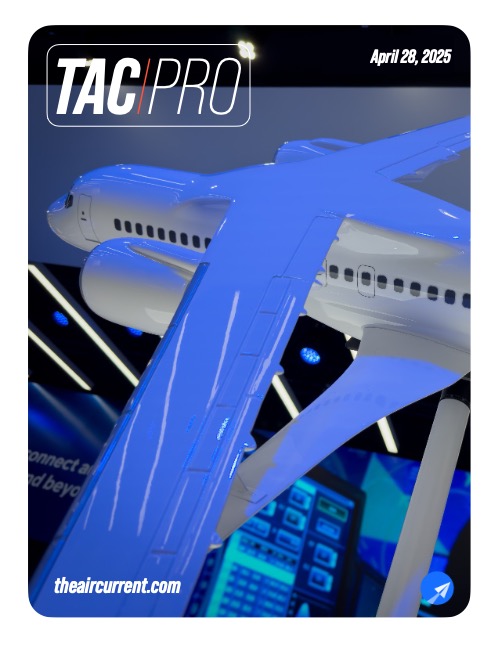Log-in here if you’re already a subscriber
Boeing is deep into development of an all-new airplane. The reality for its commercial business, however, is that it is called the F-47 and it’s the U.S. Air Force’s sixth-generation fighter.
Boeing’s near-term priorities are centered on the intensely secretive defense program, along with advancing production of its 737 Max and 787, and completing development of the 777-9, 737 Max 7 and Max 10. There are commercial product development studies ongoing, but they remain firmly on the back burner as the company unfurls its priorities for the next few years, which also include a concerted effort at reforming its culture.
In the meantime, Boeing’s homework years in search of technology for a new commercial airplane in the 2035 timeframe continue — though its class project is changing.
In an internal memo from its chief technology officer, Todd Citron, Boeing announced on April 24 that it was planning to pause work on its X-66 Sustainable Flight Demonstrator (SFD) that it has been developing with the National Aeronautics and Space Administration and industry. The X-66 aircraft, a McDonnell Douglas MD-90 heavily modified with complex composite truss-braced wings installed above the fuselage, was expected to fly in 2028. NASA had wanted to spend $425 million on the demonstrator’s development along with $725 million in funds from industry for the effort. Following initial publication of this article, an agency spokesman said NASA had allocated about $141 million on the X-66 project to date under a funded Space Act agreement.
Related: NASA gives Boeing a second shot at reshaping commercial aviation
Reflecting this shift, Boeing said it will redeploy more of the X-66 engineers to the 777X and 737 Max development programs, which are an immediate priority for Boeing as it seeks to first meet its commitments to existing customers. Last June, The Air Current reported that Boeing had already begun moving engineers away from the demonstrator’s development to support those delayed programs.
While an all-new commercial airplane has little firm definition inside Boeing today, the effective termination of the flying demonstrator is a blow to those who viewed the X-66, its Transonic Truss-Braced Wing (TTBW) and NASA’s industrial focus on its largest-ever experimental X-Plane as a catalyst for a non-traditional vision of low-emissions flying.
Related: United moves to cultivate blended wing JetZero as competitor to Boeing and Airbus
The TTBW is unlikely to ever appear on a Boeing passenger airplane, but the thin slender wings planned for the demonstrator — and what goes inside them — are narrowing Boeing’s attention. “This is really within what we were looking at for X-66. We found something that looks really interesting, and we want to go deeper,” said Citron in an interview with TAC after the company announced the pause.
Subscribe to continue reading...Subscribe to Continue Reading
Our award-winning aerospace reporting combines the highest standards of journalism with the level of technical detail and rigor expected by a sophisticated industry audience.
- Exclusive reporting and analysis on the strategy and technology of flying
- Full access to our archive of industry intelligence
- We respect your time; everything we publish earns your attention


